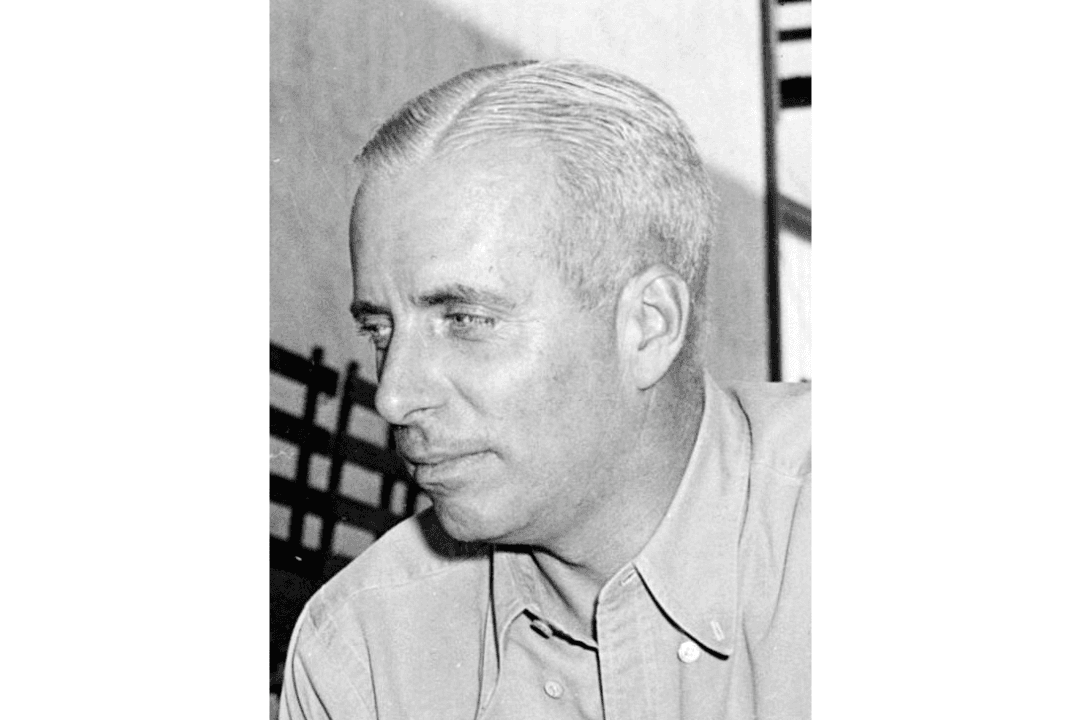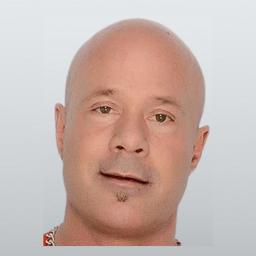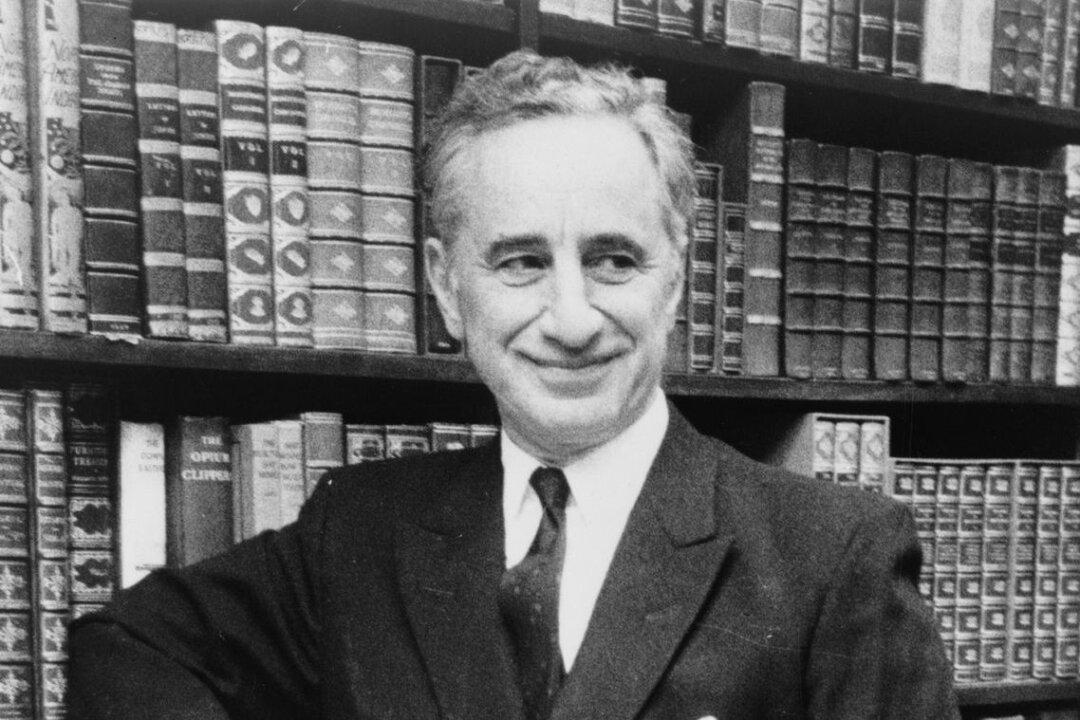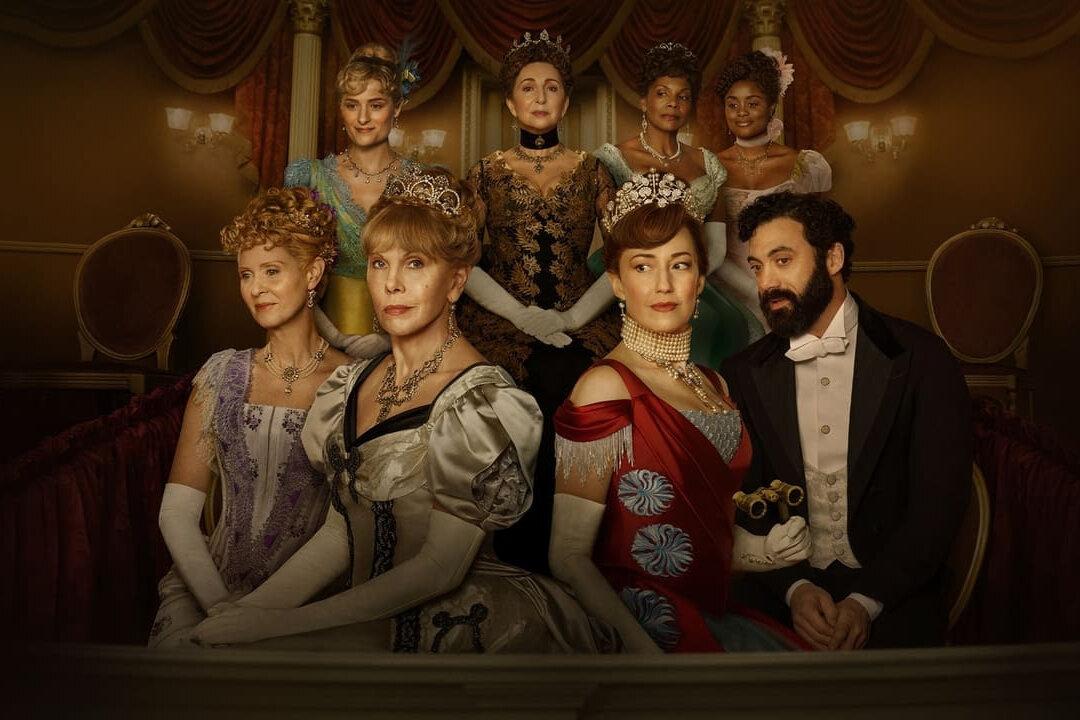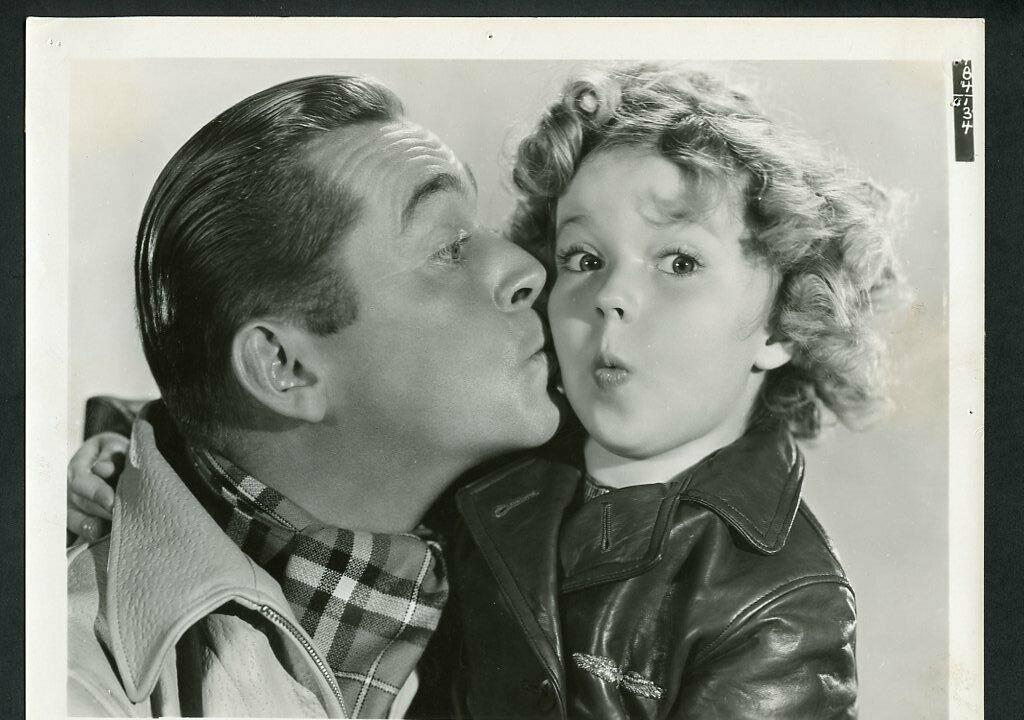Hollywood’s Golden Age, roughly from 1915 to the early 1960s, produced many fine directors, but only a few became household names. John Ford made westerns—movie fans know—and Alfred Hitchcock was the master of suspense. If the great Howard Hawks is less well-known, it may be the fault of his versatility.
Unlike Ford and Hitchcock, Hawks made outstanding films in many genres: westerns, comedies, crime stories, science fiction, and even a hit musical. Stubbornly independent, he never hitched his wagon to a single studio. At various times he worked for all eight of the major ones.
A Dash to Filmmaking
Howard Hawks (1896–1977) was born in Indiana. During World War I he served honorably with the Signal Corps and the Army Air Corps in France. After the Armistice, he worked as a race car driver and designer and an aviator.
After a friend got him a job as a prop boy in Hollywood, Hawks worked his way up in the industry. He wrote screenplays, edited films, and produced them. In 1926, he finally got a chance to direct. He made eight silent films, but what really put him on the map was his first talkie, “The Dawn Patrol” (1930). It was his second movie about aviators. It wouldn’t be his last.
Hawks followed “The Dawn Patrol” with an even bigger hit: “Scarface” (1932), produced by Howard Hughes. Although it hasn’t aged well, this violent, controversial gangster drama created the template, in my opinion, for those that followed. Many scenes and ideas in “The Godfather” and “Goodfellas” trace their origin to “Scarface.”
A Style of His Own
In the 1950s, French critics, among them François Truffaut and Jean-Luc Godard, declared that certain American directors marked their movies so strongly with their personalities, that they should be considered the authors of them. This “auteur theory” identified a director’s personal vision as the creative essence of a film, supported by the ancillary work of writers, producers, cinematographers, etc.Howard Hawks made every kind of movie, so what do they tend to have in common? First of all, they move! Hawks, the former race car driver, keeps scenes and dialog popping at a rapid pace. Nothing drags. In “His Girl Friday” (1940), the words fly so fast, at times, the viewer can barely keep up.

Gems From Each Genre
Here’s an excellent Hawks film in each of seven genres:Comedy: In “Bringing Up Baby” (1938) a befuddled paleontologist (Cary Grant), a ditzy heiress (Katharine Hepburn), and two leopards—one named “Baby”—create memorable mayhem. Though a flop when released, the film is now considered a masterpiece, possibly the best and most hilarious comedy ever to come out of Hollywood. A close runner-up is “His Girl Friday” with Grant again and Rosalind Russell—both marvelous.
Film Noir: Hawks had a gift for turning unknowns into stars. When his wife noticed a 19-year-old model on a magazine cover, he cast the girl opposite Humphrey Bogart in “To Have and Have Not” (1944). Lauren Bacall was an immediate sensation. Hawks quickly reteamed the stars in “The Big Sleep” (1946), where Bogart investigates a baffling nexus of lies, corruption and murder. It’s Hollywood’s finest Raymond Chandler adaptation and arguably, in spite of its murky plot, the best American detective movie.

Action/Adventure: “Only Angels Have Wings” (1939). Suspense and danger abound in this tale of bush pilots in South America. Cary Grant gives one of his best dramatic performances, while Jean Arthur peppers the thrills with sass and a little romance—a wonderful movie. Runner-up: “To Have and Have Not.”
War: Gary Cooper won an Oscar for “Sergeant York” (1941), based on the true story of a conscientious objector who became a hero on the battlefields of World War I. Runner-up: “Air Force”(1943).

Musical: “Gentlemen Prefer Blondes” (1953) boasts one of Marilyn Monroe’s most amusing and charming performances. Songs include the iconic “Diamonds Are a Girl’s Best Friend.” Jane Russell is terrific as Monroe’s more sensible, if a bit cynical, sidekick.
The critic Eric Rohmer, who later became an important director, wrote: “If one does not love the films of Howard Hawks, one cannot love cinema.” Hyperbole aside, Hawks was a master filmmaker who worked with the best writers and actors of his era. His movies are as entertaining as they are beautifully crafted. Nearly all of them are available on streaming platforms and on disc. Enjoy!

